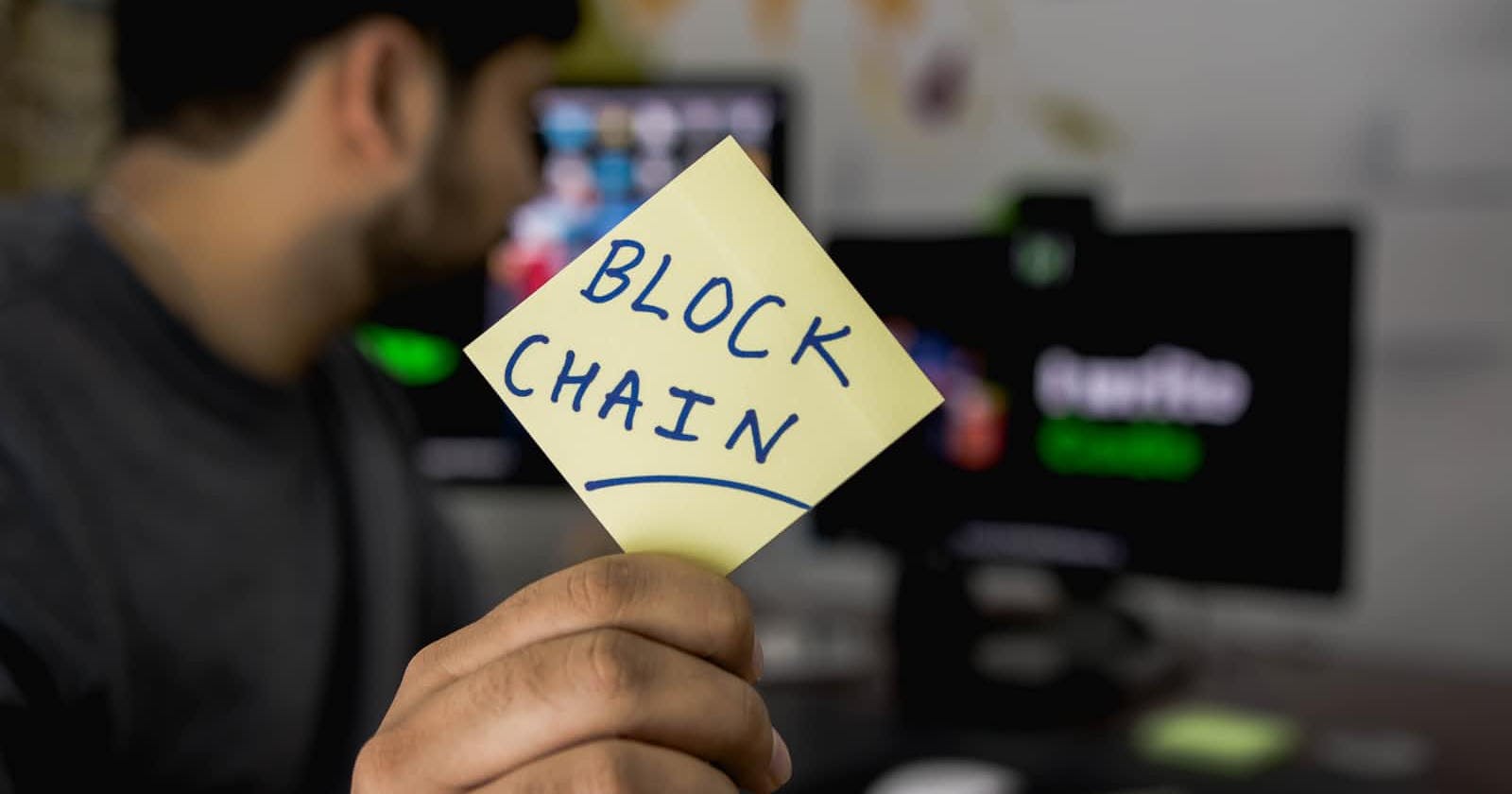Solidity is a high-level programming language inspired by C++, Python, and JavaScript. This programming language is designed to run on an EVM. Solidity is used to create smart contracts used in voting applications, wallets, auctions, etc.
What are smart contracts?
Smart contracts are digital contracts that help verify a transaction's credibility without the involvement of any third party.
Set up the Solidity environment
First, install Node.js on your machine. Once this is done, we can run the following command in our terminal to install the Solidity compiler.
npm install -g solc
Solidity program
We have the Solidity compiler set up on our machine. Let’s look at an example of a basic Solidity program.
pragma solidity ^0.5.0;
contract HelloWorld {
bytes32 message;
constructor (bytes32 myMessage) public {
message = myMessage;
}
function getMessage() public view returns(bytes32) {
return message;
}
}
Code explanation
Line 1: We define a pragma. A pragma is a directive that tells the compiler which version of Solidity the source code can run on. Here, we have specified that it can run on Solidity version 0.5.0, up to but not including version 0.6.0 (or anything newer that does not break the functionality). This ensures that the smart contract does not behave abnormally due to a newer compiler version.
Line 3: We create a contract. A contract is nothing but a collection of functions and data.
Line 4: We define a variable
messagethat is ofbytes32type. This will represent a state.Line 5: We define a constructor for our contract.
Line 8: We define a
getMessage()function that will return the state (message).
This is a default contract that we can relate to as the "Hello World" program in other programming languages.
If you want to learn more about Solidity and build applications using it, then I would recommend the Developing Play-to-Earn Games in Solidity course which introduces you to Solidity and the fundamentals of the Ethereum network. By the end of this course, you will be able to create and deploy your own P2E game on an Ethereum test network.

